|
Deborah Reid is a visual artist, private attorney, and lecturer. Artists' rights is a common theme present throughout Reid's work. Reid has practiced law for over 36 years and is focusing her attention on providing legal services to artists. Reid is able to provide an array of customized legal services for artists and members of the creative community, including:
Reid is passionate about her work. She is the creator and presenter of "Law: Artfully Explained Seminars." Within this series, Reid presents lectures titled "Copyright or Wrong?," "That's (not) Fair," "Contracts for Creatives," and "Art Speaks!." Through these seminars, Reid translates legal concepts into images and common terms to educate artists on areas of the law that most directly impact their practices.
10 Comments
Music is the Elixir to My Soul - 10 Questions with Multi-Disciplinary Performing Artist Akia Uwanda6/23/2017 In 1899, Jacksonville's James Weldon Johnson wrote the poem "Lift Ev'ry Voice and Sing." Johnson's brother, John Rosamond, then composed original music to accompany the poem. On February 12, 1900, a choir of 500 schoolchildren at the segregated Stanton School, where JWJ was Principal, sung "Lift Ev'Ry Voice and Sing" as part of a celebration of Lincoln's birthday. Eventually, "Lift Ev'ry Voice and Sing" was adopted by the National Association for the Advancement of Colored People (NAACP) as its official song.
Change the time and location to the 1920's and New York City. Harlem, a predominantly African American neighborhood in the northern section of the Manhattan borough, is experiencing a literary, artistic, and intellectual movement. A new black cultural identity was cultivated as African Americans exercised their birth-given right to expression and self-actualization. At the center of this movement are poets, playwrights, and authors such as Jean Toomer, Langston Hughes, and Zora Neale Hurston, to name a few. As part of an older generation of artists, James Weldon Johnson, who by this time relocated to Harlem with his wife, continues his role as an educator, this time serving as a mentor to emerging and mid-career writers. By 1929, the movement made its way to Jacksonville's LaVilla, one of Florida's first black urban neighborhoods. Ashley Street, which was commonly referred to as the "Great Black Way," was lined with entertainment establishments. These nightclubs and theaters played host to iconic jazz and blues musicians such as Duke Ellington, Louis Armstrong, and Billie Holliday. In 1946, a 15 year-old Ray Charles, prior to his stardom, moved to LaVilla to stay with family friends after the death of his mother. For over a year, Charles, only a teenager at the time, performed at the Ritz Theatre as a pianist. This cultural activity led to LaVilla being nicknamed the "Harlem of the South." In 1947 the City proposed the development of the Jacksonville Expressway. The 18-mile path of concrete and asphalt cut directly through LaVilla. The placement of the Expressway was intentional, serving to avoid areas deemed most valuable and to eliminate "blighted" neighborhoods and act as a barrier to stop the spread of "blight." By the 1960s, families who resided in LaVilla were displaced as their homes were demolished by the Department of Housing and Urban Development to expand the Expressway. This displacement and demolition continued through the 70s, 80s, and 90s. Through it all, one thing could not be deconstructed or displaced - the intrinsic human desire for self-expression. Though the buildings no longer remain, LaVilla's cultural contributions run deep in Jacksonville's identity as a city. The words and music created by the Johnson brothers rippled through time and continue to be celebrated to this day. There is a new generation of artists who are now carrying on the torch that was lit by the the Johnson brothers 100+ years ago. These artists are leveraging their artistic crafts to preserve Jacksonville's history and culture while paying homage to those who came before them. Akia Uwanda is one such artist. Who I Was, Who I Am, and Who I Am Becoming - 10 Questions with Visual Artist Jasmine Dukes6/16/2017 Jasmine Dukes may not be a name you recognize yet, but the person behind the name is someone whom you should familiarize yourself with sooner rather than later. Dukes is an emerging visual artist who calls Jacksonville home. After graduating high school Dukes enrolled at Florida International University (FIU) in Miami, where she received her Bachelor of Arts in Psychology in 2016, graduating Magna Cum Laud. Dukes will leave Jacksonville for Tallahassee in the fall of 2017 to start classes at Florida State University (FSU), where she will pursue her Master's degree in Art Therapy.
Dukes's work examines one of the oldest discussions in the history of psychology, the relationship between nature and nurture and how that relationship contributes to the formation of self identity. Through the artistic process, Dukes conducts self audits of who she was, who she currently is, and who she is becoming and her work serves as a surreal representation of self evolution over time. Dukes's connection to Mother Nature is a prevalent theme carried throughout her body of work and is depicted through the use of saturated colors and stylized portrayals of plant and animal life. I Am Happiest When I Am Creating And Moving - 10 Questions with Ensemble Dancer Hilary Libman6/15/2017 The consensus amongst Jacksonville's creative community is that it's challenging to sustain life as a full-time artist in Northeast Florida. The general public want the benefits of regular and direct access to the arts, but typically the arts as a whole are undervalued. Because of that, the artist's role in society is sadly also often undervalued. The arts, when woven into the fabric of every day life, have the ability to promote civic engagement, encourage creative problem solving, and build bridges across cultures. Make no mistake, the artist's role in society is one that is incredibly important.
It isn't uncommon to see artists leave Jacksonville for major metropolitan areas with the hopes that their body of work will be better received and that they as artists will be better compensated upon relocating. Relocation is not an option for everyone though and not everyone desires to leave. Because of that, the artists that remain must look to build a network of likeminded individuals that can influence how the arts are perceived and valued in our community. For far too long Jacksonville has celebrated its potential. Conversations surrounding potential are dangerous because when we discuss potential our brains reward passive behavior by releasing endorphins that provide us with the same warm feelings we receive as a result of actual accomplishments. The narrative is changing, however, and conversations are now revolving around the work that remains to be done. This is a result of no longer accepting potential as the norm and instead harnessing ideals, leveraging strategic partnerships, and implementing result-oriented action to enrich the quality of life in Jacksonville. Hilary Libman is a dancer who left Jacksonville for New York City but returned home in 2008. Since returning, Libman has focused her attention on how she as a performing artist can play a role in crafting Jacksonville to become not the city that it can be, but the city that is must be. Libman is passionate about seeing an infrastructure exist in Jacksonville that better supports dance and other forms of performance art. Libman graduated cum laude from Jacksonville University with a Bachelor’s degree in dance. She has performed as a dancer with such companies as the Central Illinois Ballet, The Sarasota Ballet, and Florida West Ballet. Libman is now one of 18 dancers who performs with Jacksonville Dance Theatre (JDT). The repertory company will hold their fifth annual showcase on June 24 at The Florida Theatre. JDT will present newly commissioned work from choreographer James Boyd (Jacksonville) and will perform current repertory from choreographers Rebecca R. Levy (Jacksonville), James Morrow (Chicago/Massachusetts) and Tiffany Santiero, among others. There is a toxic misconception that surrounds feminism, and that misconception is that to be pro-women you must by default be anti-men. You would think that by the year 2017 we as a society could extinguish that myth. Feminism is NOT a movement to discourage men. Feminism is NOT a movement to promote women superiority. And you DON'T need to be female to be a feminist. Stated simply, feminism IS a movement that promotes equality.
In 2015, white women who worked full-time in the United States typically were paid just 80 percent of what white men were paid. This leads to an income inequality gap of 20 percent. This gap has narrowed since 1960, but at the current rate of change, women won't reach pay equality with men until 2059 - a statistic that is abysmal. These statistics are even more atrocious when you examine pay inequality for women from minority groups. Black women are paid just 62 percent and hispanic women 57 percent of what their white male counterparts are paid. Artists play a crucial role in society as advocates and agents for change. Their work can be leveraged as a platform to bring important issues to the foreground of society's attention. Through their medium of choice, artists harness their creative energy and dismantle barriers that prevent critical conversations from occurring. The arts and culture sector tends to be an innovator as it relates to equity and equal opportunities. However, there is still room for drastic improvements to be made within this sector. A 2009 report released by the National Endowment for the Arts indicates that 51% of visual artists today are women. Most art departments in schools, however, continue to run male-centered curriculums. Furthermore, works by women artists make up only an estimated 3-5 percent of major permanent collections in the US and Europe. Compound this with the fact that of 590 major exhibits by nearly 70 institutions in the US from 2007-2013, only 27% were devoted to women artists. Though women earn half of the MFAs granted in the US, only 30% of artists represented by commercial galleries are women. Saturday was the first day of FIGMENT NYC, a two day event held on New York's Governors Island. FIGMENT is a free participatory arts event that celebrates creativity by challenging artists and participants to find new ways to create, share, and dream. For the past ten years, the FIGMENT NYC weekend event has transformed Governors Island with hundreds of collaborative artworks. The theme for this year's event is "Dream Bigger." The event producer estimates that by the end of Sunday approximately 40,000 people will have visited the event.
Eduardo, MOSH's Community Engagement Manager, said it best, "I just followed this guy and new that I had to be headed in the right direction." The Cultural Council is in NYC with The Museum of Science & History (MOSH) to attend FIGMENT NYC, a free participatory arts event that celebrates creativity by challenging artists and participants to find new ways to create, share, and dream. New York City hosted the first FIGMENT event in 2007. Since its inception, there are satellite events that occur throughout the world in cities such as Hong Kong, Boston, Toronto, San Diego, Chicago, Portland, and Boulder. The Cultural Council and MOSH are developing a proposal to make Jacksonville a host city for a satellite event.
I'm staying at a quaint Air BNB in Brooklyn's Red Hook neighborhood, a really remarkable area. Once the busiest terminal in New York for container shipments, Red Hook has a LOT of massive warehouses. In the 1990s Red Hook was considered one of the most dangerous neighborhoods in New York, largely because the industry that supported the community slowed down and the MTA doesn't have a line that connects Red Hook to the rest of NYC. It was also one of the areas heavily impacted by Hurricane Sandy in 2012. Artists like Dustin Yellin adopted Red Hook as there own and put the vacant warehouse spaces to use - creating studios, galleries, and live/work spaces. Yellin is the founder of Pioneer Works, a non-profit cultural center dedicated to experimentation, education and production across disciplines. Through a broad range of educational programs, performances, residencies and exhibitions, Pioneer Works transcends disciplinary boundaries to foster a community where alternative modes of thought are activated and supported. Yesterday was spent walking all around Brooklyn taking in public art, as well as visiting Manhattan to tour The Museum of Arts and Design (MAD). Karen Kurycki is an illustrator and designer widely known for her distinct style of watercolor designs. Kurycki's Instagram account is a beautifully curated tiled display of her work, which includes animated videos that profess her love for dips and sauces, lively patterns, and marketing materials that she has designed for her clients - all of which are extremely pleasing to view. Kurycki utilizes a color palette that reflects a mood that is light, vibrant, and fun; and this is carried throughout her body of work.
Kurycki is an artist that garners attention not just because she creates tremendous work but also because she appears to be a tremendous person. She conducts herself in a manner that, dare I say, leads one to believe that she has discovered a better way of living, or at least working. As a freelance illustrator and designer, Kurycki produces memorable work for an impressive roster of local, national, and international clients. In the process, however, she never seems to compromise her artistic credibility and maintains a balance between taking herself seriously, but not too seriously. |
Questions? Comments? Submit something for consideration?Please email [email protected] Archives
June 2019
Categories
All
|
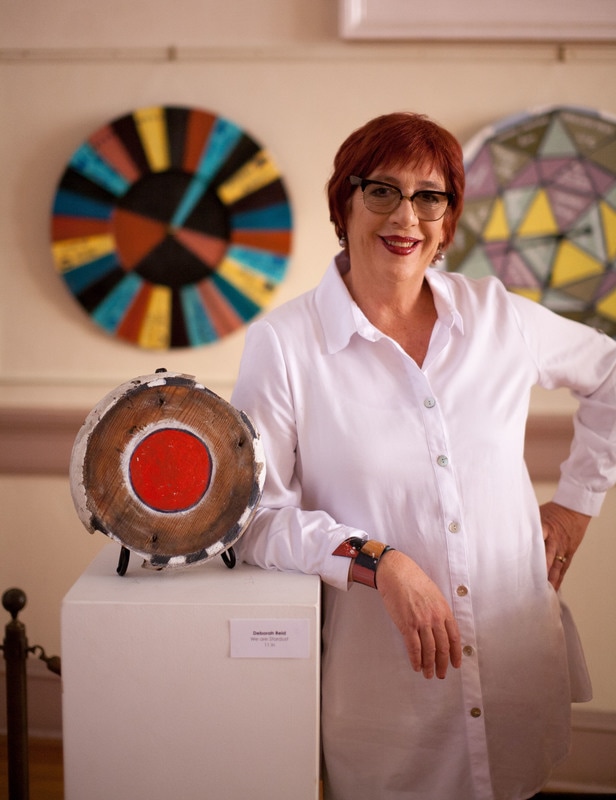
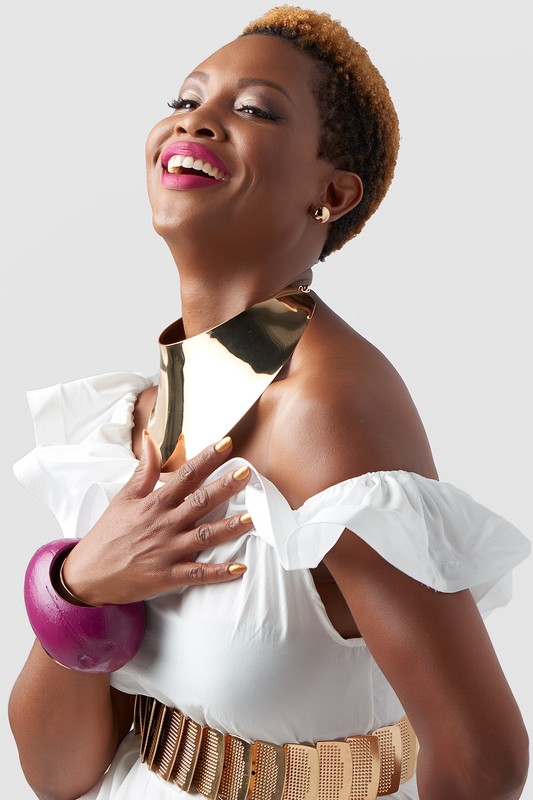
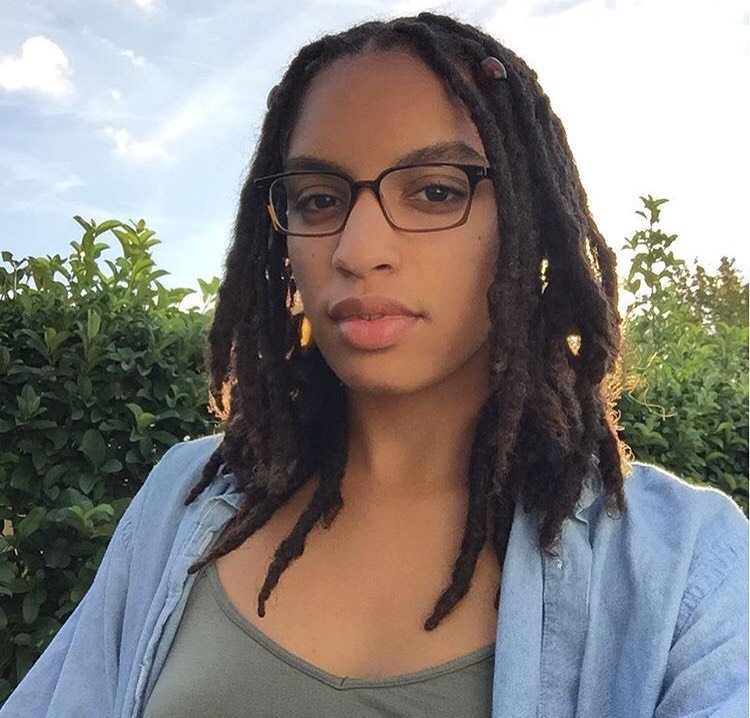
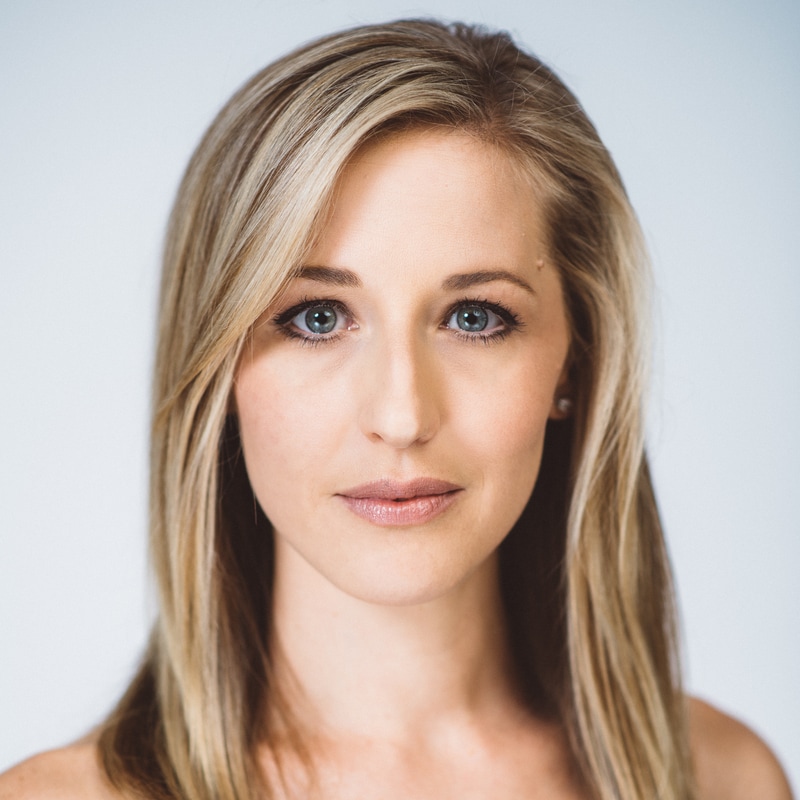
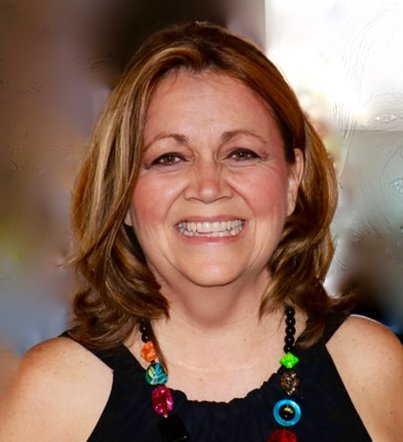
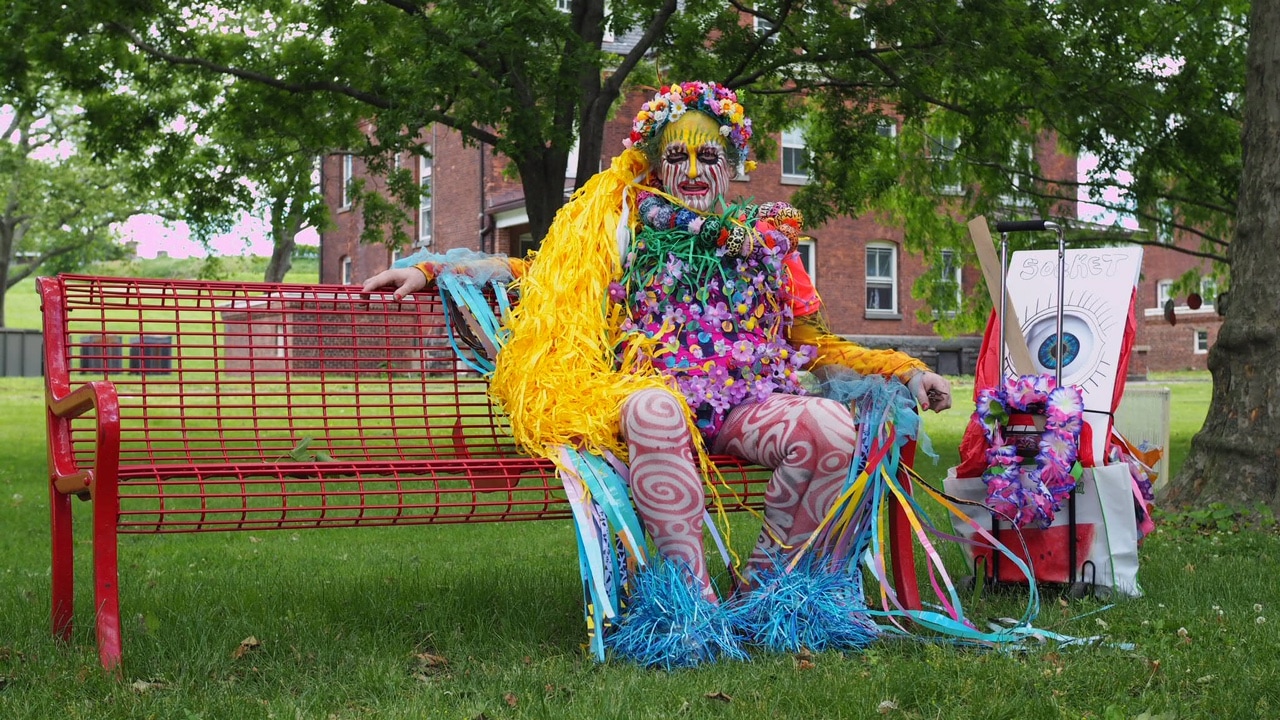
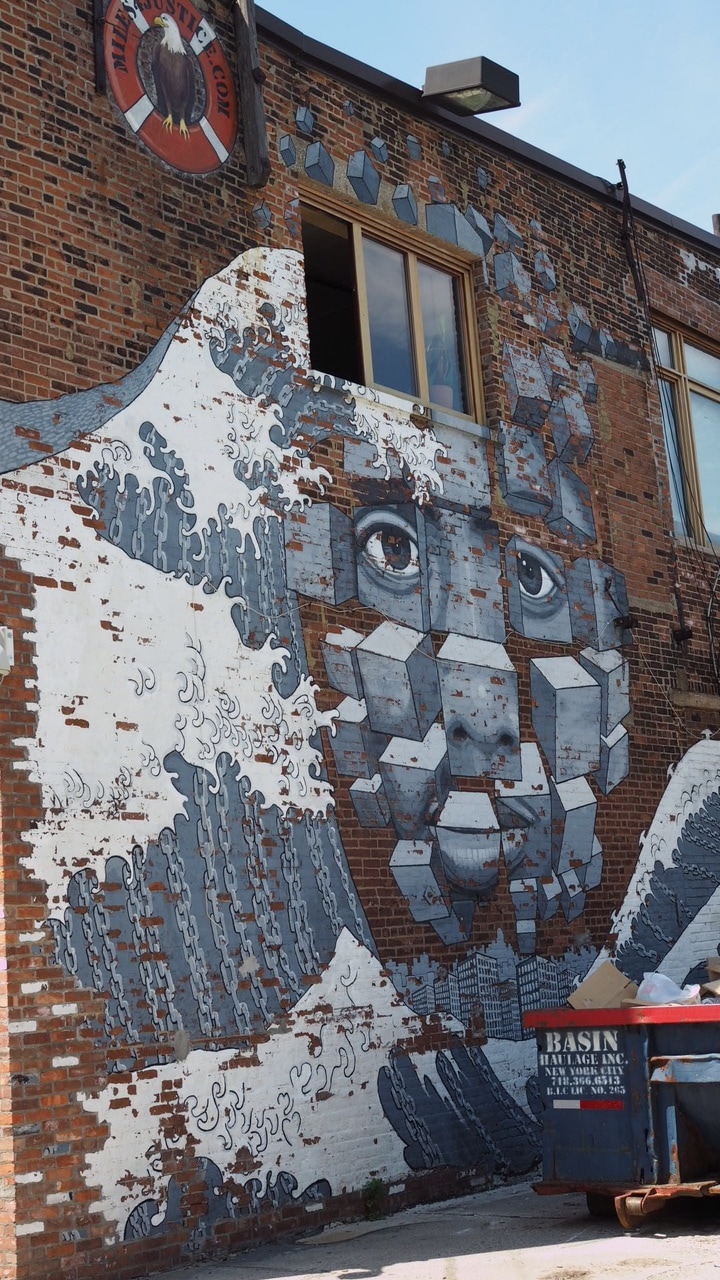
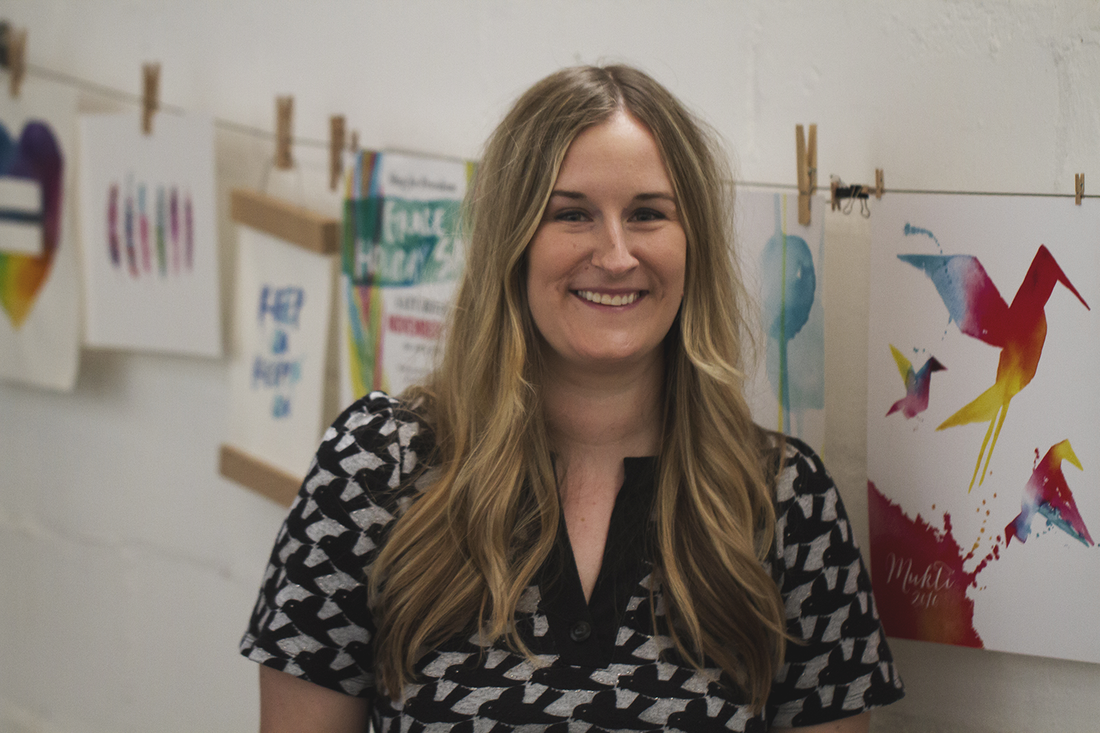
 RSS Feed
RSS Feed
